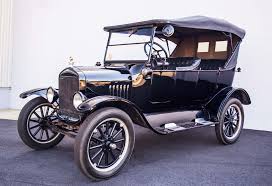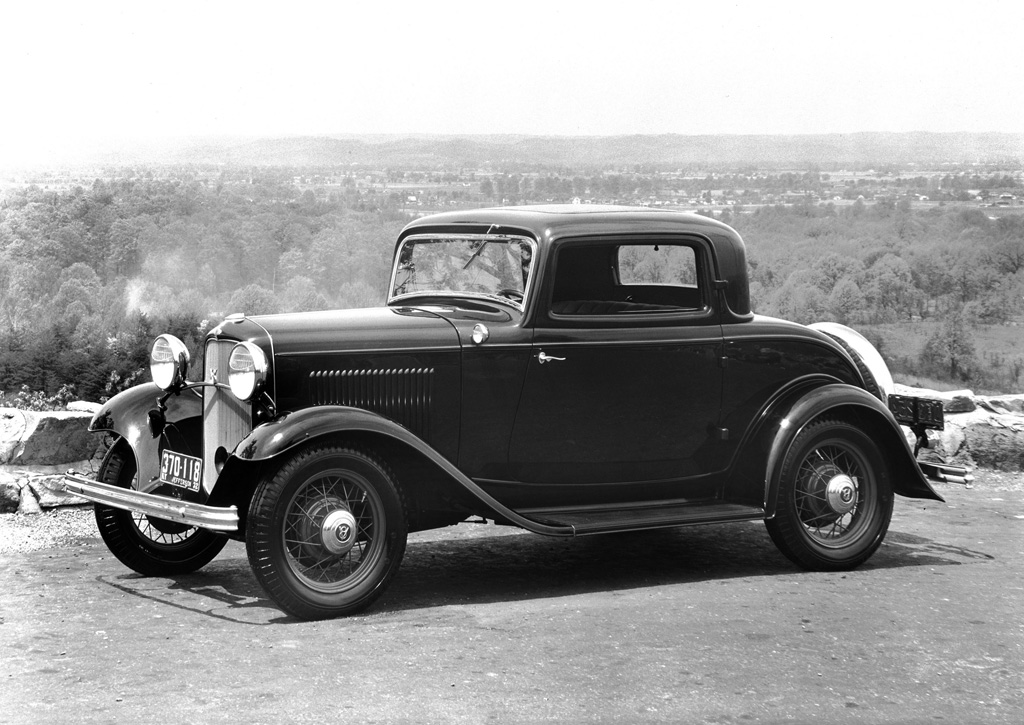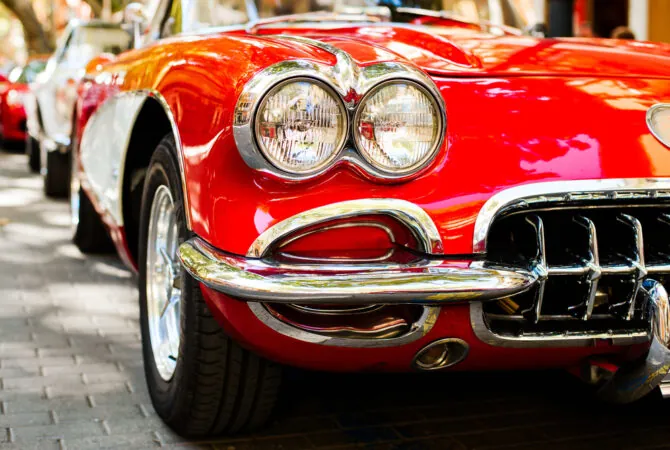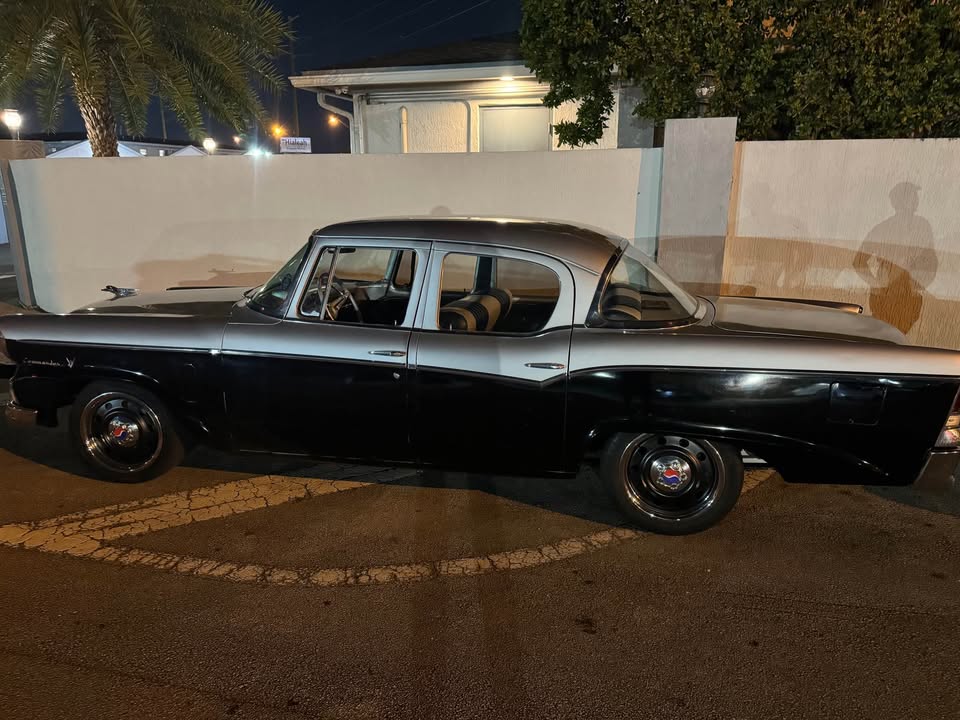History of Antique Cars

Antique cars represent a pivotal era in automotive history, starting from the late 19th century with inventors like Karl Benz and Henry Ford. These vehicles evolved from simple horseless carriages to sophisticated machines that paved the way for modern transportation. Key milestones include the introduction of the assembly line, which made cars more accessible, and innovations in engine design that improved reliability and speed.
Popular models from this period include the Ford Model T, known for its affordability, and the Rolls-Royce Silver Ghost, celebrated for its luxury and engineering excellence. Collectors today value these cars not just for their rarity but for the stories they tell about industrial progress and cultural shifts.
Famous Antique Car Models

Iconic models like the 1932 Ford V8, with its powerful engine, and the 1913 Mercer Raceabout, a speedster favored by racers, highlight the diversity of antique cars. The Bugatti Type 35, renowned for its racing success, and the Packard Twelve, a symbol of American luxury, continue to captivate enthusiasts worldwide.
These models often feature unique design elements, such as hand-crafted bodies and innovative mechanical components, making them prized possessions in collections and museums.
Tips for Restoring Antique Cars
Restoring an antique car requires patience, skill, and attention to detail. Here are some essential steps:
- Conduct a thorough inspection of the chassis, engine, and body for rust, wear, or damage.
- Source authentic parts from reputable suppliers or salvage yards to maintain originality.
- Use specialized tools for engine rebuilding, ensuring all components meet historical specifications.
- Apply period-correct paint and finishes to preserve the car's aesthetic authenticity.
- Test the vehicle rigorously after restoration to ensure safety and performance.
Engaging with restoration communities can provide valuable insights and resources for your project.






